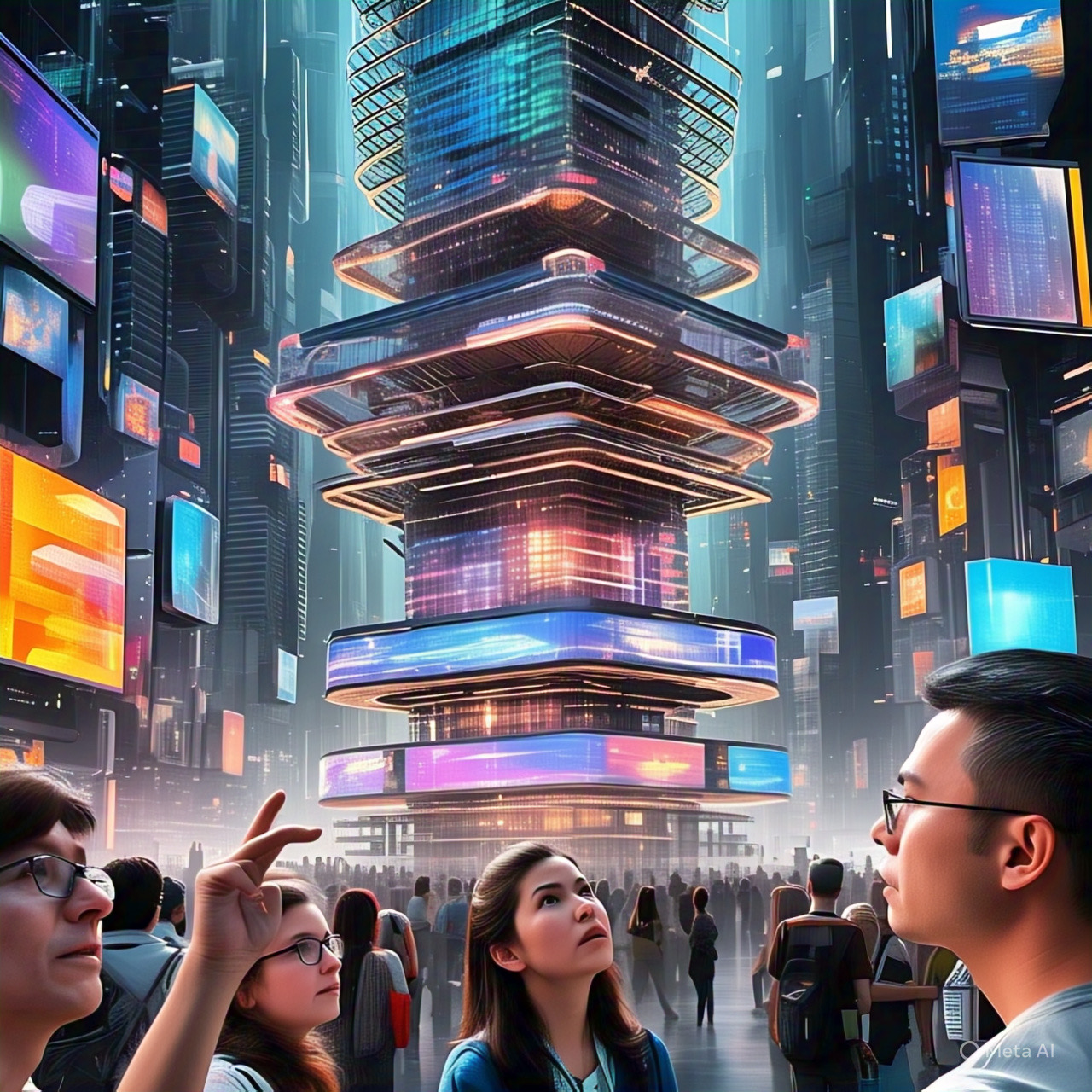
What Is Multi-Agent AI? At its core, multi-agent AI is about decentralized intelligence. Each agent in a system is autonomous—capable of perceiving its environment, making decisions, and taking actions. These agents can work cooperatively (e.g., drones coordinating in a search-and-rescue mission), competitively (e.g., AI players in strategy games), or in hybrid modes. The key feature is interaction—agents adapt their behavior based on both the environment and the actions of others.
Emerging Applications
Smart Infrastructure and Cities Multi-agent systems will be instrumental in managing future urban infrastructure. From traffic light optimization to autonomous waste collection, agents will coordinate in real-time to improve efficiency, reduce emissions, and enhance quality of life.
Finance and Trading In financial markets, multi-agent AI is already being explored for algorithmic trading, fraud detection, and risk management. Multiple agents simulate diverse market participants, providing more realistic modeling and adaptive strategies.
Healthcare System Imagine a hospital where AI agents manage everything from patient triage and robotic surgeries to supply chain logistics. Multi-agent AI can ensure different systems communicate effectively, adapting to dynamic patient needs and emergencies.
Robotics and Swarm Intelligence In manufacturing, agriculture, and defense, swarms of robots guided by multi-agent AI can coordinate complex tasks like autonomous harvesting or surveillance much more efficiently than individual units.
Digital Assistants and Autonomous Software Personal assistants like Siri or Alexa could evolve into multi-agent ecosystems where one agent handles scheduling, another manages finances, and another oversees health all communicating seamlessly on your behalf.
Key Advantages:
- Scalability: Tasks are distributed across agents, allowing systems to scale and adapt organically.
- Robustness: The failure of one agent doesn’t collapse the system others can compensate or reroute responsibilities.
- Flexibility: Agents can enter or leave the system dynamically, allowing adaptation to changing environments.
Challenges Ahead:
- Coordination and Communication: Agents must share information effectively while minimizing conflicts and redundancies.
- Security and Trust: In open environments, verifying the behavior and intentions of other agents is a major concern.
- Ethics and Control: As agents become more autonomous, defining clear boundaries and oversight becomes crucial.
The Road Forward The future of multi-agent AI isn’t science fiction it’s being built today in labs, simulations, and early-stage deployments. As advances in machine learning, networking, and edge computing converge, we’ll see these systems take on increasingly complex roles. They will form the backbone of intelligent ecosystems from autonomous transport grids to self-regulating economies. The ultimate vision? A world where intelligent agents collaborate fluidly, making decisions and solving problems at speeds and scales far beyond human capability augmenting human life rather than replacing it.
Conclusion Multi-agent AI is poised to redefine not just how machines think, but how they work together. In a future shaped by cooperation between humans and intelligent agents, we won’t just be surrounded by AI we’ll be living within systems of AI, each agent doing its part to keep the digital world humming.
